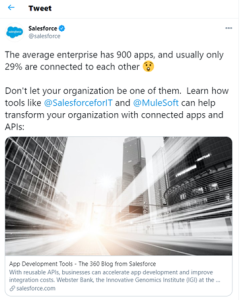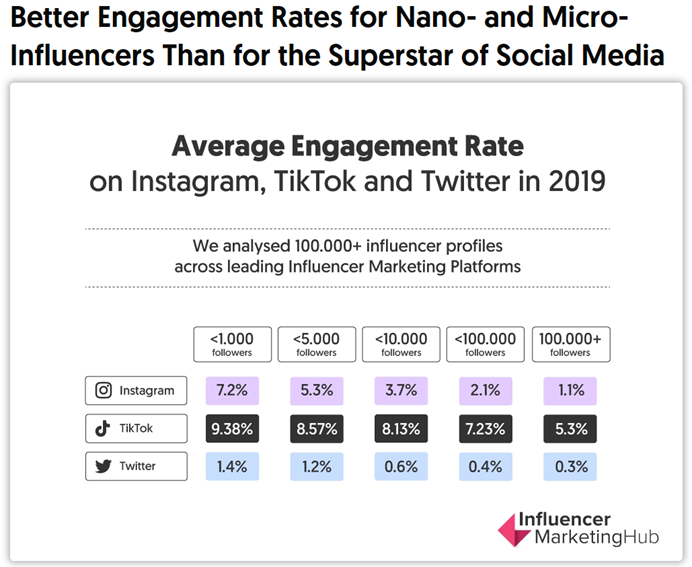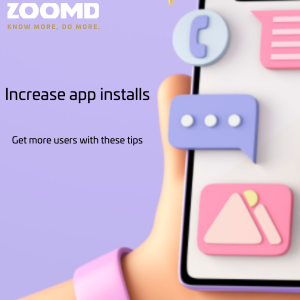February 28, 2021
They are the biggest players in town, and they’re every app advertiser’s #1 choice, but sticking to Google and Facebook alone in your user acquisition media mix might leave a lot of customers far away from your app.
App Marketing Strategy
It comes naturally to those serious app advertisers, to use a large variety of media sources you might not be aware even exists. But it’s not just a world that belongs to the brave, those who mix a variety of advertising categories in their mobile acquisition strategy plan, are those who dare to try something different,
Those who spread their budget wider and connect with more app users, because they don’t restrict themselves only to the most expensive players in town.
And something else they don’t want you to know?
That after they diversify and diversify, they bring all their data together into one spot, mix it really well, and come out with predictive data that lets them scale even the less robust, less expensive channels.
Let’s go through some of the wealth of options waiting for you, a click of a button away, and start dreaming big.
Pour Social Media Advertising
Anyone who’s been in advertising for more than five minutes knows – Facebook is where segmentation thrives. The targeting you can do for user acquisition on Facebook is unmatched on other platforms.
So advertisers tend to invest a lot of their budget in Facebook, even though pricing there is far from cost-effective in some cases. Thankfully, with the rise of new media channels, such as TikTok and Snapchat, some advertisers actually generate better results outside of Facebook.
Moreover, advertisers that rely heavily on one channel leave themselves highly vulnerable to whatever changes this platform decides to take down the line.
Now, when things are going great for you on Facebook, is the time to test what the wealth of other social channels can provide for you so that you’re ready for the day things change.
And it’s not just that other social channels – including Twitter, Snapchat, Pinterest, Reddit and the rising star TikTok – are more cost-effective, while still offering some segmentation.
It’s that you have an opportunity to communicate differently on different channels. You can enrich the way you connect emotionally with potential app customers while staying true to your brand personality.
Take Salesforce, for example. On Twitter, they tap into lightheartedness while keeping things professional.

On TikTok, they take lightheartedness to the next level. It’s the same brand personality, and the same target audience, but with a different twist.

If these posts were ads, each of them would have converted different sectors of Salesforce’s audience, at different stages of the funnel.
For example, maybe the TikTok one would have built emotional connection and curiosity to engage with the brand more. Once a relationship was established, the Twitter post could have been used to move a prospect to consideration or purchase.
It depends on your audience, of course. Maybe your ideal customer would tap into your funnel through a data-based post, because it made her realize she’s not the only one dealing with a certain situation. But maybe she would actually download your app only when saw the TikTok ad, and realized you just get her personality.
Add Mobile User Acquisition Platforms – Best mobile advertising platforms?
According to Apple Search Ads, 70% of app store users use the search option to find new apps, and 65% download an app directly after conducting this search.

Source: Apple Search Ads
Therefore, it could make sense to pay for placing your app at the top of the search results, and test to see what happens. But at the same time, you’ll want to leave room in your budget for Google Universal App Campaigns (UAC), which use machine learning to find accurate app customers.
According to internal Google data, “advertisers that optimize in-app actions with UAC, on average, drive 140% more conversions per dollar than other Google app promotion products.”
UAC lets you advertise “across Google Play, Google.com, YouTube and the millions of sites and apps in the Display Network,” according to Google.
There are so many platforms and media sources to choose from – just check out Appsflyer’s latest performance index. So consider adding these channels to your user acquisition mix, since they were developed for app advertisers. Over time, you’ll be able to see what the true conversion rates are for your specific app.
User Acquisition for Mobile Apps? Sprinkle Some Influencer Advertising
What do you do when your car battery dies? If you’re Nathon Apodaca, and you live in a trailer with no running water or electricity, and you have two teenage daughters to take care of… you use your longboard to get to the potato farm where you work. And you film a TikTok video to cheer up a pandemic-ridden world. Say, a video of yourself drinking Ocean Spray Cran-Raspberry while longboarding, as an “ode to Fleetwood Mac,” which, you know, goes viral and gets 26 million videos, according to The Drum.
Then, you end up inspiring other creators to make similar videos, “including the 73 year old Fleetwood Mac’s namesake drummer Mick Fleetwood, who specifically joined TikTok just to get involved,” according to The Drum.
In video after video, TikTokers film themselves drinking Ocean Spray Cran-Raspberry. Ocean Spray’s marketing department eventually hears about it – and decides to take action:
It reached out to Apodaca, and gave him a brand new car, according to The Drum… filled with Cran-Raspberry bottles, of course.
Not your classic influencer advertising campaign, but a very classic “surprise and delight” strategy, that ended up making even bigger waves. Two months after publication, that original video has 71.5 million views and Apodaca is selling merch – including shirts featuring a photo of himself drinking the now-famous drink.
Ocean Spray’s reaction likely increased enthusiasm for the brand in a way that would have been challenging to achieve otherwise. To further strengthen the bond with the enthusiastic audience, Ocean Spray’s CEO joined TikTok and did the challenge himself, reported The Drum.
While this kind of opportunity might not present itself for most brands and apps, consider it an invitation to think outside the box.
According to the State of Influencer Marketing 2020 Benchmark Report, influencer marketing has grown by “at least 50% each year” since 2016. Leaning into (or creating) trends, showing your appreciation to a community or its leader, making a real impact on an everyday hero’s life… can all help you stand out even if your product or app doesn’t gain fame on its own.
There are many ways you can diversify your influencer advertising strategies to convert better in your app campaigns:
- The type of influencers you partner with. A dad with no running water, working in a potato farm, isn’t the usual influencer agencies look for. How can you reach untapped audiences?
- The channels you sponsor – whether one influencer promotes your app across multiple channels, or you choose different influencers for different channels.
- Audience reach. Bigger isn’t always better.

Source: Influencer Marketing Hub
Mix with SDK Ad Networks
Then there are the ad networks. Some of the biggest SDK ad networks include ironSource, Vungle, Applovin and Unity. Each one gives you a different advantage, allowing you to easily monetize your app’s ad space inventory.
Need interactive or playable ads? Applovin can help you. Need video ads? That’s exactly what AdColony and ironSource focus on.
Just understand that in the realm of so many SDK or ad networks also comes the dirty hassling of fraudulent advertising argued to take 80% of ad budgets in SDK campaigns.
At the risk of a shameless plug, that’s why we added an extra layer for fraud detection. If you want to tap into 600+ global mobile media sources (including Snap, Google and TikTok) in one dashboard in a safe way, and have one channel’s data supercharge the targeting you do on another channel, give Zoomd a try.
Of course, whichever platform you choose, it’s critical to examine its measurement and fraud detection capabilities. You’ll want a platform with a strong enough infrastructure that it can provide accurate data – maybe even predictive guidelines – and as much security as possible, to make sure only real human beings download your app.
Stir in Some Programmatic (Yes, for Performance Campaigns)
Programmatic is the general term for digital media buying, made in an automated, real-time bidding process, that allows advertisers to purchase ad inventory by specific contexts, resulting in hyper-targeting.
With out-of-home screen usage becoming more frequent, programmatic buying can also be done on those constantly evolving inventories.
One aspect of programmatic advertising is guaranteed impressions. A price is pre-determined by the buyer and seller before the impressions go live on the app or website.
Programmatic campaigns allow you to nurture potential app customers and increase your profit long term.
When your app needs to amplify its message, use programmatic for branding campaigns. Over time, you can shift your programmatic efforts into acquiring new users at a lower cost than you’re used to seeing on pure performance campaigns.
Bake All Your Data Together for Sweet App Growth
As you plan your mobile user acquisition strategy, diversify as much as possible. To do that without breaking the bank, use a platform that gives you access to as many sources as possible. It will help you to diversify advertising categories and diversify channels within each category.
But then bring it all together.
Use one dashboard to keep track of everything, to save serious time on the optimization process, reporting and data crunching when you’ve accumulated enough data across various sources and campaigns.
Use one platform to integrate data across channels, to improve your targeting even on less robust channels, and gain a bird’s-eye view on all your UA campaigns together. It will help you know more about your audience and its behavior.
This data is yours to be used wisely as you keep on growing. Before you know it, your app will be making a difference in so many more lives.





